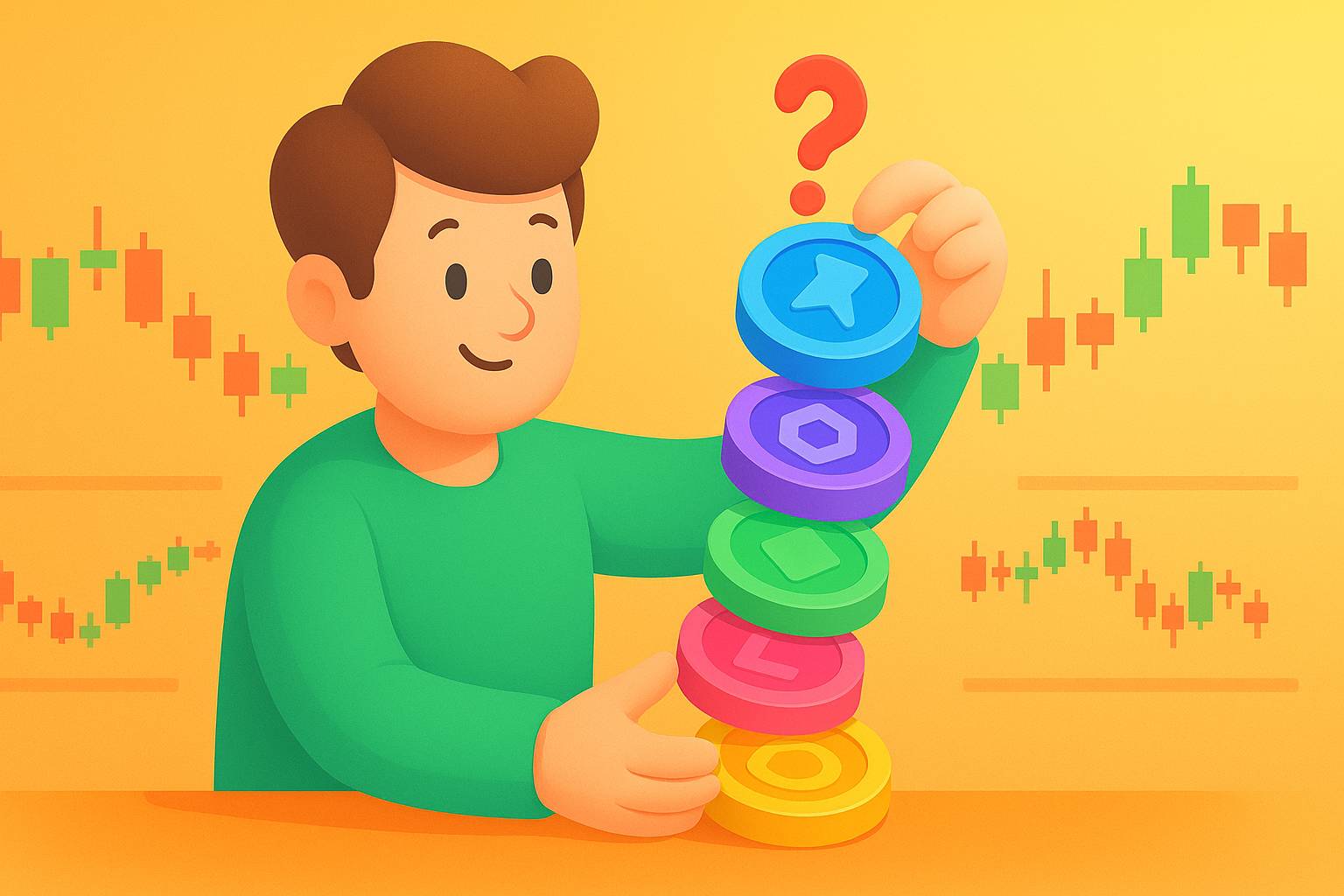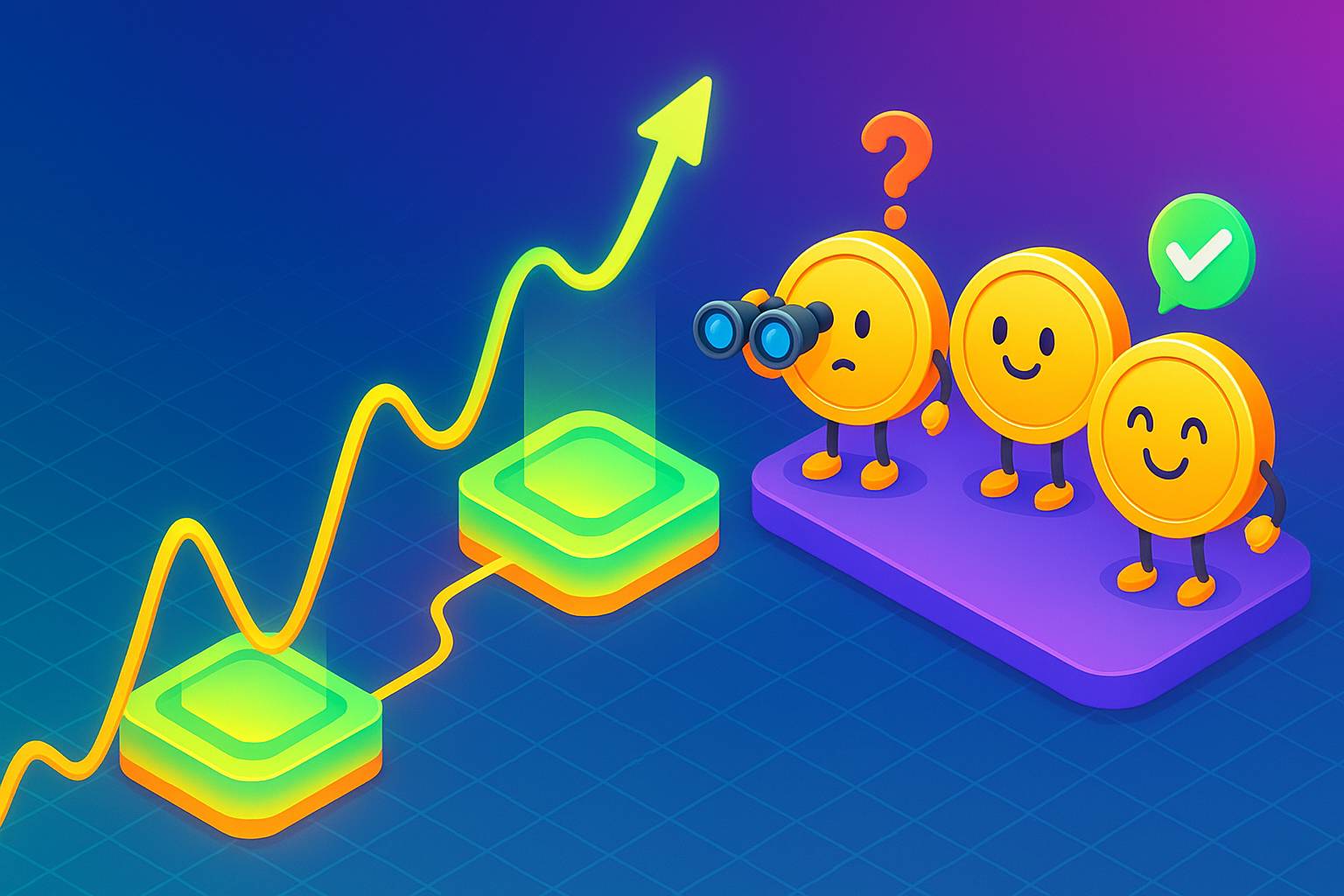Table of Contents
- Futures Trading Liquidation: A Comprehensive Overview
- Diving into Futures Trading
- Decoding Liquidation in Trading
- Different Forms of Liquidation
- The Process of Liquidation
- Sample Scenario of a Liquidation Event
- Understanding the Margin Call
- Final Thoughts
- Liquidation FAQs
- 1. What is liquidation in the context of futures trading?
- 2. What is the significance of the liquidation price in futures?
- 3. How can traders avoid liquidation in futures?
- 4. Is it possible to face liquidation at 1x leverage?
- 5. Is liquidation beneficial or detrimental?









